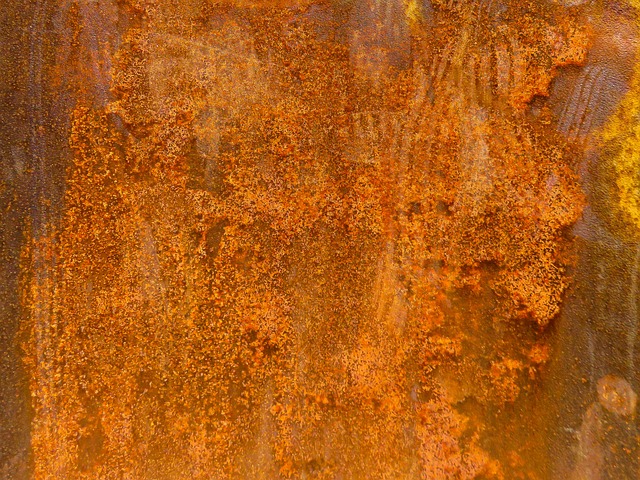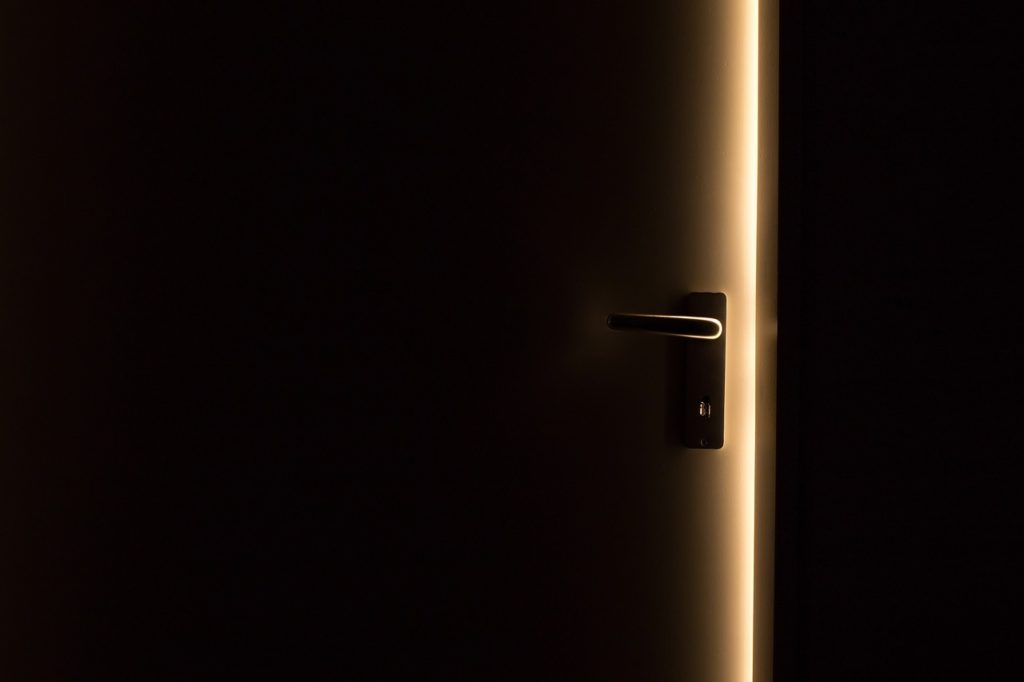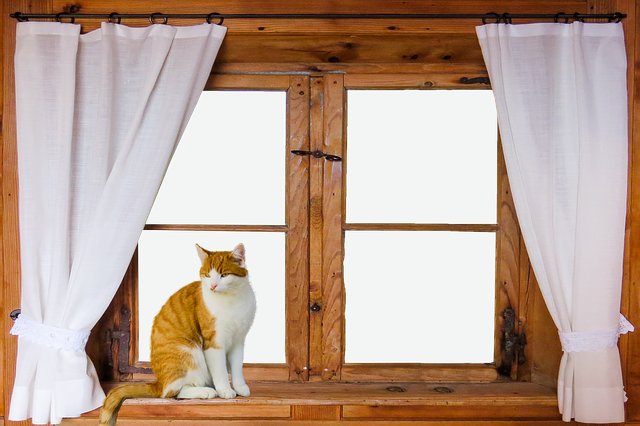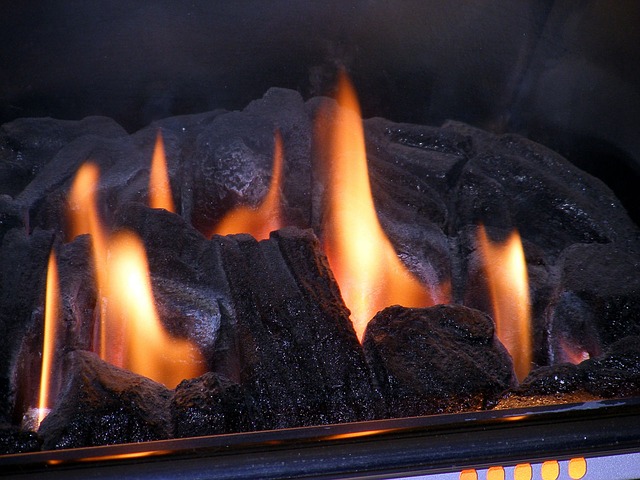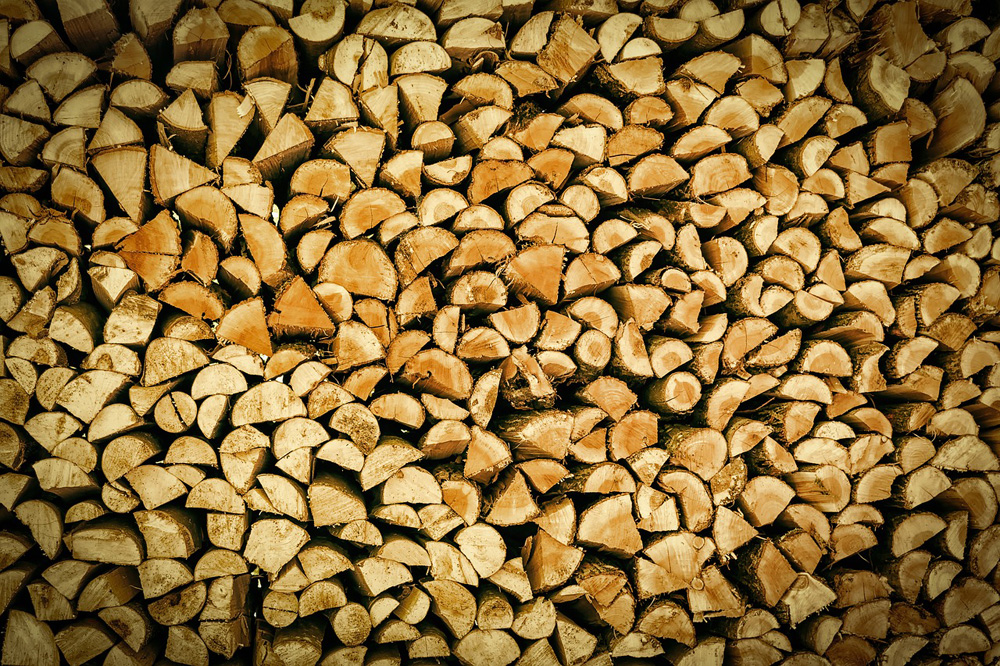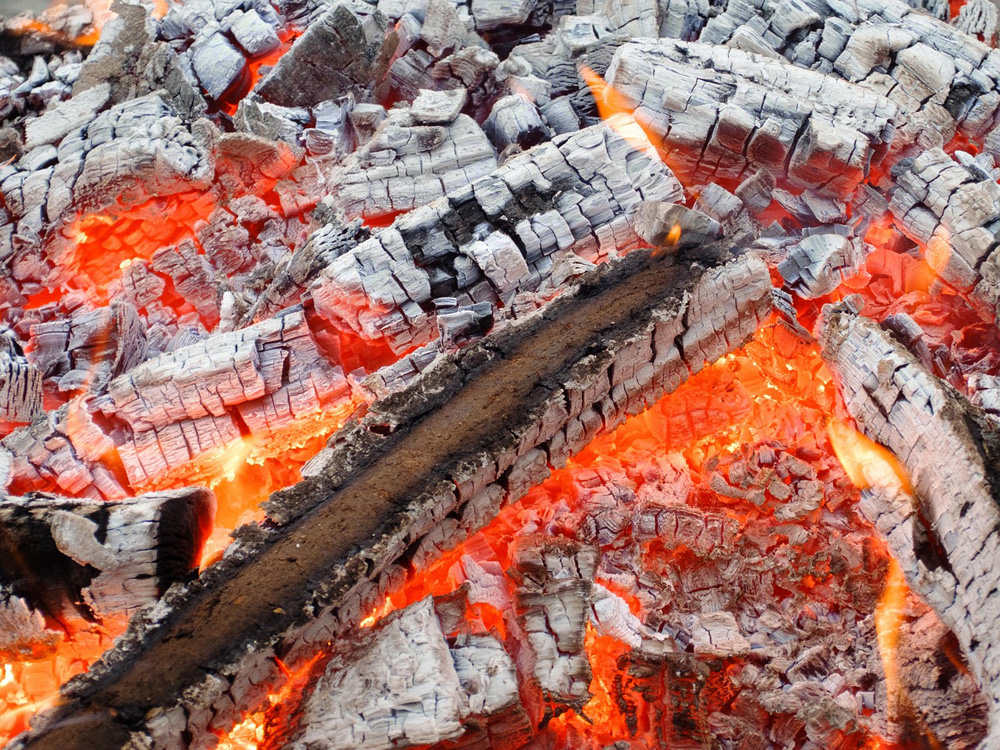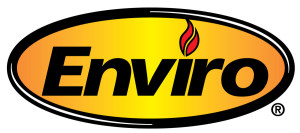Most people in the Puget Sound region don’t use their gas fireplaces during the warmer months of the year in spring, summer, and early fall. So, it’s a common question – should you turn off your pilot light during those months? Is it dangerous or wasteful to leave it on?
The short answer is – you do not need to turn off your pilot light, and there is little risk in leaving it on all summer. Leaving it on is the simpler way to go. But, if you want to turn it off, you can, and there’s no harm in that either.
For more details about shutting off your pilot light, keep reading.
What Is a Pilot Light?
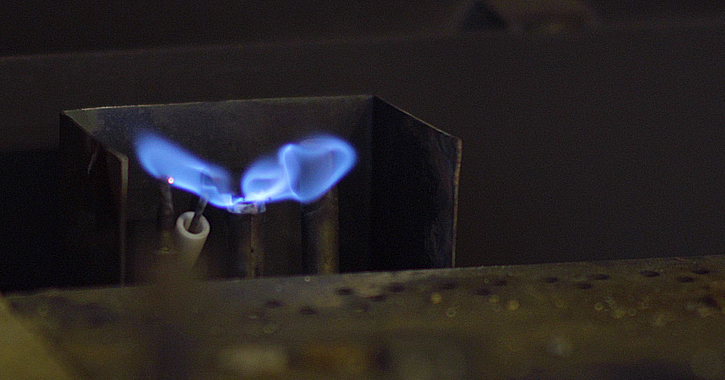
Your gas fireplace is never actually ‘off’ in the usual sense of that word. For most fireplaces, there is a very tiny flame that is always burning, and that’s called your pilot light. Some newer fireplaces feature a standing pilot system with an ‘intermittent pilot,’ where the pilot isn’t actually on all the time. But in general, when you flip the switch that turns ‘on’ your gas fireplace, what you’re really doing is just increasing the flow of gas and enabling the larger fire to burn.
The pilot light is what makes the gas fireplace so easy to use.
Compare it to a gas barbecue. For a BBQ, you have to ignite the flame every time you use it. There is no flame always burning. But with a gas fireplace, and other gas elements in your home, the pilot light never stops burning, unless you have a standing pilot system, as mentioned. Either way, everything lights when you turn it on, every time.
What Happens if I Leave My Pilot Light Burning All Year?
In theory, nothing happens, and there’s nothing wrong with doing this. And in fact, it has a couple advantages. If you were to turn off your pilot light, there’s always a small chance a spider will crawl in there and build a web. That will greatly complicate the process of turning the pilot light back on in the fall. Leaving it on ensures this won’t happen.
It’s also true that there is a small cost to leaving the flame burning year-round. Costs vary depending on the price of natural gas in your area. The cost works out to around $5 per month in most places, give or take.
Hiring a technician to re-light your pilot light in the fall will surely cost more than that, so turning off your pilot light to save money doesn’t really make sense.
If your pilot light is off for some reason and you need help turning it back on, we recommend calling your gas provider. B&C Comfort generally doesn’t make house calls just to turn on pilot lights, and we would also charge you to service the unit for maintenance.
As for safety, yes, turning off your pilot light will reduce the likelihood of experiencing a gas leak during the spring, summer, and early fall. But those are just as likely in the winter as in the summer – which is to say, gas leaks are very rare. Plus, there are built-in safety mechanisms that shut off the flow of gas if the pilot is leaking.
However, if you ever do smell gas, shutting off your gas valve and turning off the pilot light is the first step to take. Then, call your gas company.
What If I Can’t Figure Out How to Turn On or Off the Pilot Light?
If you can’t figure it out, that’s a good reason to leave it on and not worry about it. Or, you can call a professional and have them take care of it.
Is Turning the Pilot Light Back On As Easy As Turning It Off?
No. Turning off the gas is relatively easy. You just turn the valve and shut off the flow of gas. This extinguishes the small flame that is the pilot light.
Turning it back on is more complicated. If you just turn the valve back on, all this does is resume the flow of gas. But the pilot light is a flame, and it must be relit. As you can imagine, there are some safety considerations here.
That’s why we recommend having a professional from your gas company come in to re-light your pilot light. Again, if you ask B&C Comfort to do it, we will charge you for and perform a full service and maintenance call.
If you don’t want to pay for that, then the simple solution is to leave your pilot light on continuously through the summer. But if for any reason you’d rather turn it off for the warmer months, then make it a habit to book your appointment right then to have it turned back on in the fall.
If you live within our service area in and around Snohomish County (see the complete list of zip codes at the very bottom of our home page), our schedule fills up months in advance.
So if you want to turn off your pilot light in the spring, get on our fall schedule now so you can have it turned back on before the cold weather returns!


